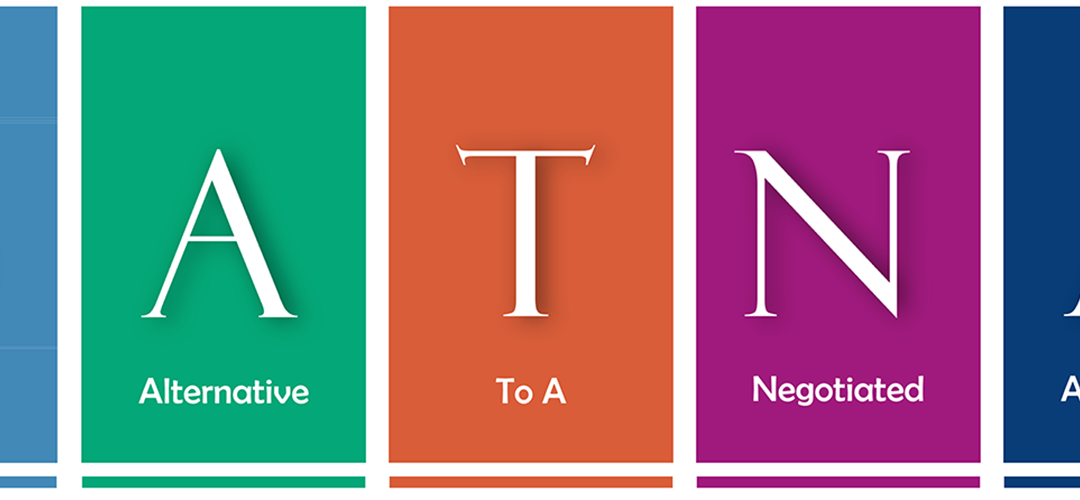The ongoing coalition negotiations offer a fascinating case study in negotiation strategy. At a critical juncture, discussions are no longer just about policy but also about power distribution. Posturing and veiled threats are rising, making the possibility of failure increasingly realistic. Both sides are responding in a controlled yet noticeably irritated manner.
A key factor in any complex negotiation is the Best Alternative to a Negotiated Agreement (BATNA), a concept well described in Roger Fisher’s book “Getting to Yes”.
BATNA defines what a party will do or has in place if negotiations fail. In other words, what happens when Plan A doesn’t work out?
A strong BATNA—also called Plan B—gives a negotiator leverage. Those with a viable alternative can negotiate confidently and carefully weigh any concessions they make. In interest-based negotiations, BATNA also sets the limits for each party, determining when they should walk away from the table.
What Role Does BATNA Play in the Austrian Coalition Negotiations?
Have the key players in Austria’s coalition negotiations effectively applied this concept? Have they honestly assessed their BATNA? Let’s analyze the situation from this perspective.
Round 1: The Initial Landscape
The possible strategies for the Conservative Party (ÖVP):
The preferred strategy was to Build a coalition with the SPÖ and NEOS, allowing for significant political influence and major reforms.
What are the other strategic alternatives? What was the BATNA?
- Plan B: A coalition with the FPÖ—putting the ÖVP in a weaker position as a junior partner.
- Plan C: New elections bring risks of losses and uncertainty.
As we all know, the ÖVP used Plan B as their BATNA.
The possible strategies for the Social-Democratic Party (SPÖ):
Plan A was A three-party coalition with the ÖVP and NEOS. This would allow for significant reforms.
– Plan B: A coalition with the FPÖ (ruled out).
– Plan C: Opposition.
– Plan D: New elections with an uncertain outcome.
The SPÖ was aware of the risk of not being in government and openly communicated it as the party’s best alternative. However, how it was communicated sounded more like a threat to me.
Tactical Assessment:
The ÖVP clearly preferred Plan A, but it ultimately failed.
Had the negotiation team seriously considered the scenario of forming a coalition with the FPÖ, it would have been evident that only an interest-based approach—prioritizing relationship-building, trust, and a shared overarching goal—would have led to success, rather than the transactional “haggeling” that played out in the media.
By focusing on rigid demands from both sides (excluding the NEOS from this analysis), the negotiations quickly reached a deadlock, which could only have ended in either a loss of face or one party completely backing down. Ultimately, political maneuvering aimed at party interests rather than the greater good led to the breakdown.
Was Plan B indeed the better alternative? We’ll examine that in the next section.
The SPÖ on the other hand, adopted a rigid and inflexible negotiation style. As leaked reports suggest, tensions even extended to a personal level, approaching seem, at best, semi-professional. The outcome? The SPÖ effectively sidelined itself into the opposition, significantly reducing its influence.
Was Plan C the “better alternative”?
Round 2: The New Landscape
The ÖVP’s Perspective
After the failure of their original plan, the ÖVP’s negotiating team shifted to Plan B from Round 1. However, recent developments reveal that the FPÖ is granting the ÖVP far less room for maneuver than expected. The tone of negotiations has become harsher, trust is eroding, and the ÖVP now appears to be reassessing its limits and strategy.
What is the ÖVP’s BATNA now?
- Plan B: New elections with an uncertain outcome.
- Plan C: A sudden shift back to the SPÖ and NEOS (without new elections, but a politically fragile move).
The FPÖ’s Perspective
The FPÖ, despite the current difficulties, has a unique opportunity: the chance to secure the chancellorship. However, their highly aggressive negotiation tactics have turned discussions into a precarious balancing act.
What is the FPÖ’s BATNA?
- Plan B: New elections—an uncertain outcome, with little likelihood of securing an outright majority.
Tactical Assessment:
While an abrupt breakdown of negotiations has been avoided, the possibility remains. New elections would reshuffle the deck but would likely not alter the fundamental dynamics. The game would restart, possibly with new players, but under the same structural conditions.
Conclusion from a Professional Negotiation Perspective
The behavior of the negotiators in Round 1—both from the ÖVP and SPÖ—was exceptionally weak from a professional negotiation standpoint.
They engaged in positional bargaining, prioritizing party interests over meaningful compromise, seemingly hoping that sheer haggling would somehow lead to an agreement. Moreover, personal tensions and emotional reactions from some negotiators only accelerated the collapse of the talks by shutting down potential avenues for agreement.
It’s doubtful whether either side thoroughly considered the long-term consequences of their actions or seriously assessed their BATNA.
What is happening now in Round 2 is just as remarkable from a negotiation perspective—because it is equally misguided as Round 1.
The FPÖ, having won the election, is making a public spectacle of its negotiation strategy, seemingly aiming to humiliate the second-place party and force it into submission. Statements suggesting that the “losers” must acknowledge their defeat and accept the FPÖ’s maximalist demands are, if genuine, a catastrophic strategic miscalculation.
A well-thought-out approach to BATNA is essential—yet this principle appears to have been largely ignored in these negotiations. Professional negotiation requires a strategic evaluation of alternatives and a deliberate approach to decision-making.
Which scenario would you have chosen?


Recent Comments